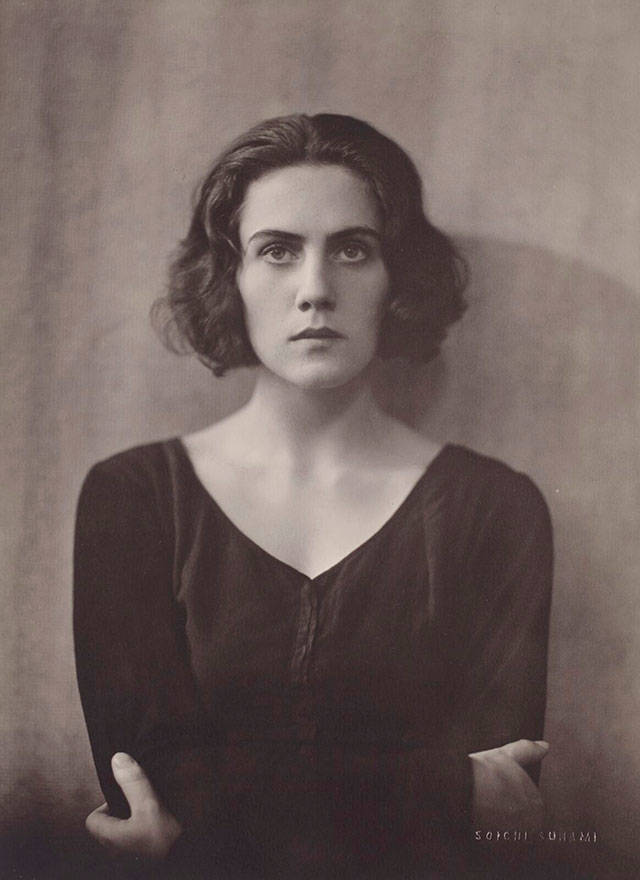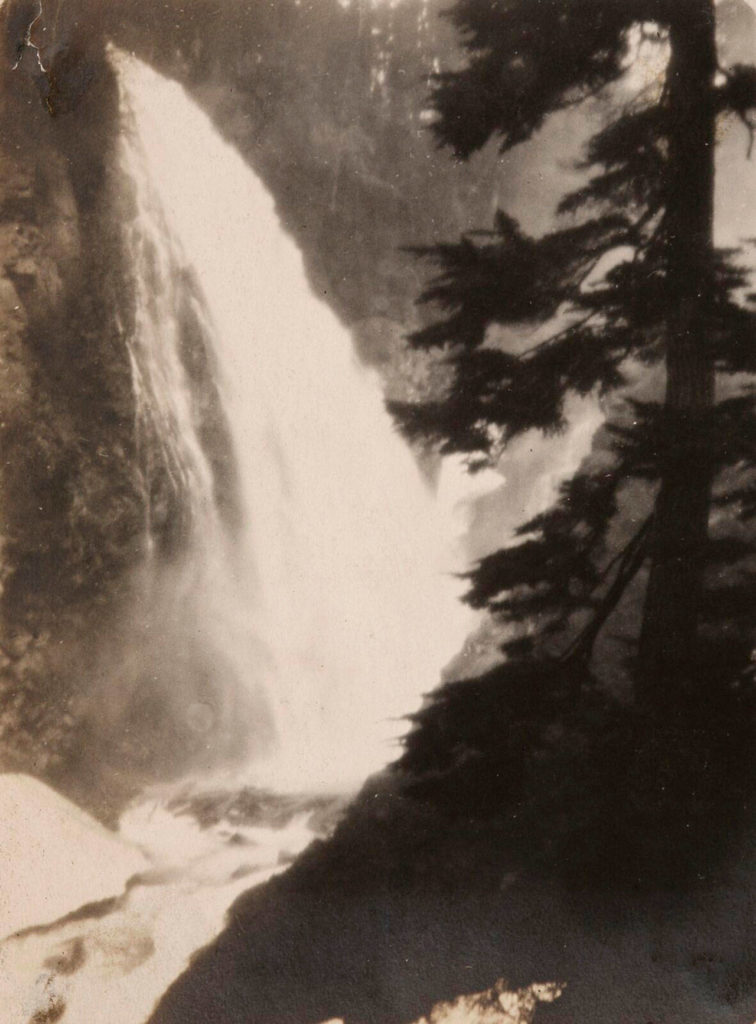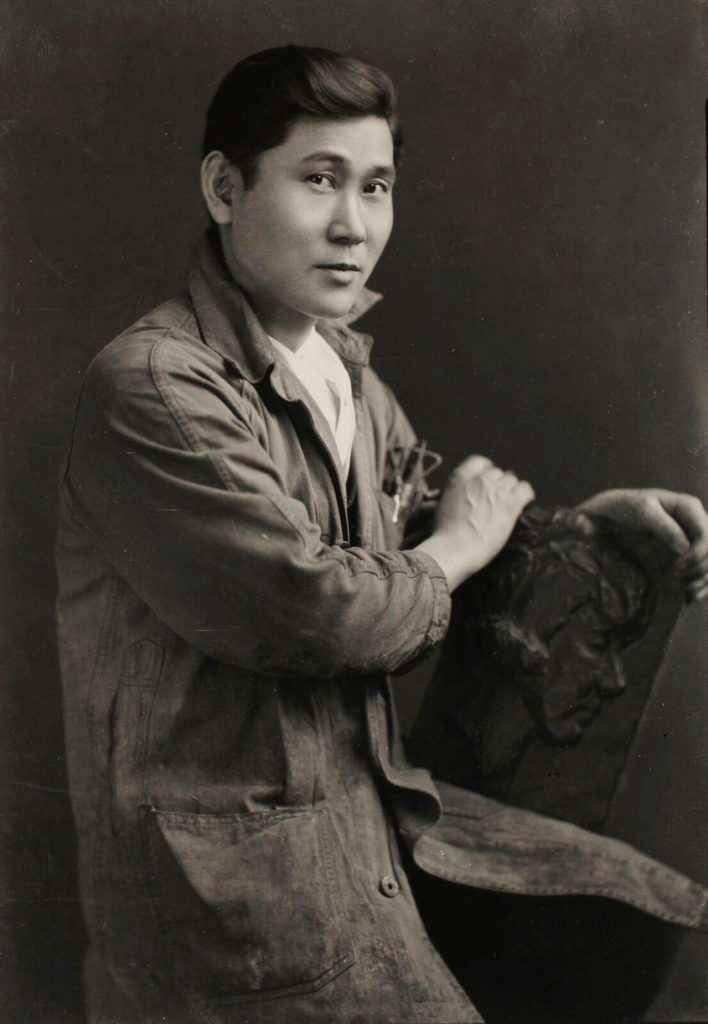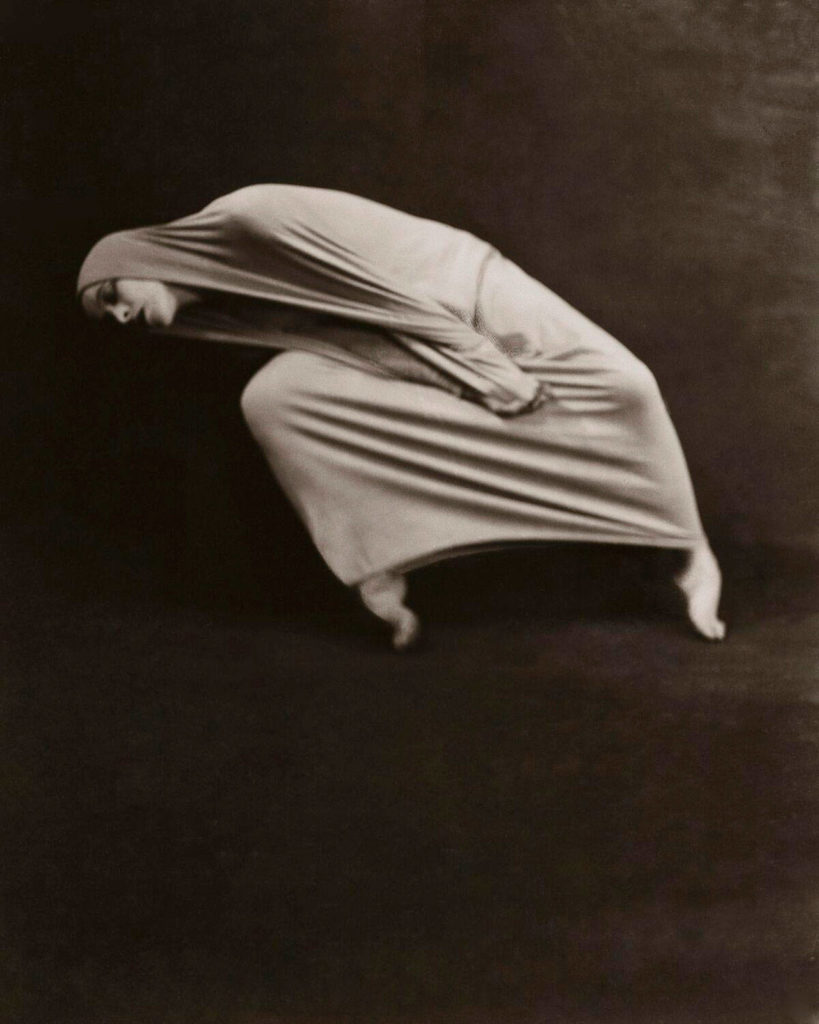EDMONDS — Who was Seattle photographer Soichi Sunami?
One thing we’ll know for sure when Cascadia Art Museum’s new exhibition opens today is that Sunami was a purveyor of beauty.
“His work is soulful, beautiful, poetic. He had an eye for composition and darkroom skills that were impressionistic,” Cascadia curator David Martin said. “Beauty is a quality not talked about much these days.”
In his 30-plus years studying our region’s art, Martin has championed the works of many 20th-century Northwest artists who otherwise might have slipped from general knowledge.
The author of more than a dozen books, most published by University of Washington Press, Martin learned about the work of the Japanese immigrant photographer about 20 years ago while researching material for his book on the Seattle Camera Club.
Martin’s new book, “Invocation of Beauty: The Life and Photography of Soichi Sunami,” accompanies the fall exhibit at the museum.
Sunami left Japan as a young man, perhaps to seek his fortune. He arrived in Seattle in about 1907, aspiring to be a painter. In fact, many of his early landscape photos of Western Washington feature his painterly approach.
He studied in Seattle with Dutch painter Fokko Tadama. Impressionistic paintings by Tadama and Sunami, along with his friends and fellow students are displayed in the first room of the exhibition.
By 1918 Sunami had a job in Ella McBride’s photography studio. McBride previously had managed the Seattle studio of the great Northwest photographer Edward S. Curtis. Her business partner, Wayne Albee, another of the region’s talented photographers of the period, became a mentor to Sunami.
At the time, McBride’s studio was associated with Nellie Cornish’s school. Cornish brought to Seattle a number of internationally known dancers such as the great modern dancer Martha Graham to teach at the school. The exhibition includes photos and video of Graham, the ballerina Anna Pavlova, and many other well-known dancers of the period.
Along with documenting their performances, Sunami and Albee persuaded many of the dancers to pose for portraits.
As an artistic photographer, Sunami exhibited with national notables such as Edward Weston in the Frederick & Nelson department store’s art salon, curated by Albee.
McBride, Albee and other gay Seattle-area artists of the period were more likely than many others to include immigrants such as Sunami in their creative circles, Martin said.
“If people did good work, they were accepted,” he said.
Sunami moved to New York City in 1922 to study art. To support himself initially he walked door-to-door offering his services as a portrait photographer. Look for the portrait of a girl and her mother in the second room of the exhibit.
His first commercial studio opened just off Fifth Avenue, and he began a collaboration with Martha Graham. His striking early images of Graham are among the highlights of the Cascadia exhibition. Look for the portrait of dancer and choreographer Harald Kreutzberg, who is considered a major force in the development of the male modern dancer in the U.S.
Sunami became friends with numerous artists in New York. He photographed them and their works of art, which led to his employment as a commercial photographer by the leading art galleries and museums of the time.
“The artists could not pay him much, so Sunami sought other photo jobs,” Martin said. “He was the one artists went to for images of their work.”
In 1930, Abby Aldrich Rockefeller, the wife of John D. Rockefeller Jr., ask Sunami to become the photographer for the Museum of Modern Art, which had opened just the year before.
For the next 38 years, Sunami produced more than 20,000 large-format negatives for MoMA. His work was used in advertising, catalogs and for the MoMA archives.
“He was never formally on staff, but he had a darkroom at the museum,” Martin said. “It is too bad that MoMA doesn’t offer a retrospective of Sunami’s work.”
With his initial contacts made at Cornish in Seattle, Sunami went on to produce one of the most important bodies of work in the field of dance photography.
“There is really nothing else like it. I hope this exhibit will help revive an interest in modern dance,” Martin said. “Some photos capture the essence of the individual dancer. Others are strange and abstract.”
And he made some of the only images of the black modern dancer Edna Guy and captured the work of Jacques Cartier, an ethno-choreographer.
Sunami’s photos appeared in national and international publications, but as the century wore on, his work was not well remembered in Seattle.
Even his wife, the much younger Suyeko Matsushima of Bainbridge Island, did not remember much about Sunami’s time in the Puget Sound region nor his life in Japan.
They married after she was released from the internment camp for Japanese Americans in Tule Lake, California, during World War II. Matsushima, who first met Sunami in New York, did remember that, though he was not subject to internment because he was on the East Coast, Sunami burned some of his earlier works, including nudes, for fear of repercussions from the federal government.
Sunami died in 1971. He was 86.
Most of the works in the Cascadia Art Museum exhibition are original prints by Sunami on loan from Sunami’s children, who planned to be at the museum’s membership opening on Wednesday evening.
“I met initially with Mrs. Sunami and their daughter Reiko about 25 years ago in New York,” Martin said. “They had boxes and boxes of photos. My jaw dropped.”
Be sure to see portraits of actress and choreographer Agnes De Mille, author Anais Nin, and dancer and social activist Helen Tamiris, along with several Sunami self-portraits.
“After so many years chasing down Soichi Sunami, it’s wonderful that this exhibit is finally happening,” Martin said.
It’s a show not to be missed by photographers, dancers, historians and anyone who loves beauty.
If you go
What: “Invocation of Beauty: The Life and Photography of Soichi Sunami”
Where: Cascadia Art Museum, 190 Sunset Ave., Edmonds
When: Through through Jan. 6, 11 a.m. to 6 p.m. Wednesday through Sunday and until 8 p.m. on third Thursdays
More: 425-336-4809 or www.cascadiaartmuseum.org/
Related
Dancer and choreographer Harald Kreutzberg’s work “Dances Before God” is being performed this today through Oct. 14 in Meany Theater by the University of Washington Chamber Dance Co. More information is at ArtsUW.org.
Talk to us
> Give us your news tips.
> Send us a letter to the editor.
> More Herald contact information.




























